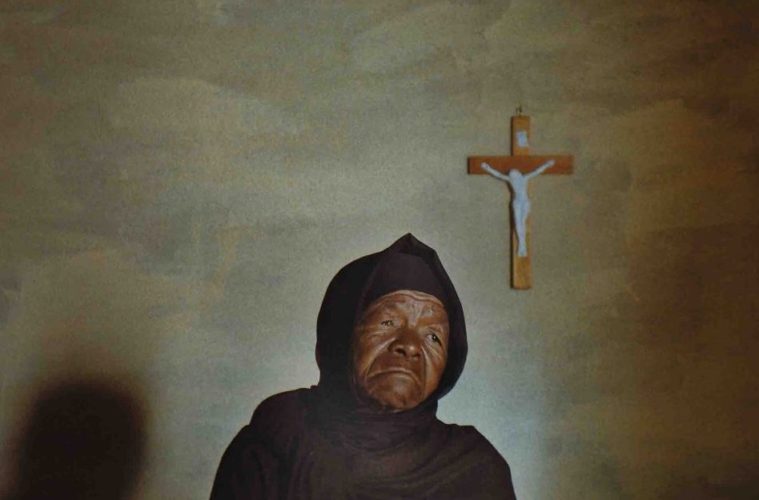Just as the primacy of movies has taken multiple shots to the knees in recent years, what might be a “developing nation” renaissance of indigenous filmmaking seems to be emerging — we’re seeing movies from places that hadn’t even had film industries before, including Laos, Ivory Coast, Dominica, Ghana, Vanuatu, and Guatemala. (There’s a film from Malawi, The Boy Who Harnessed the Wind, on Netflix.) Streaming services make these rockets from elsewhere available on tens of millions of American screens, in sharp contrast to the meager urban audiences most African or Asian releases might’ve fielded a few decades ago. Or am I being too glass-half-full? Aware of it or not, global film culture is finally becoming authentically global.
Of course, being a tourist in these film worlds doesn’t get you scholarship points, but it beats getting your foreign cultural perspectives from Tucker Carlson or Thomas Friedman. The first film exported from Lesotho (go ahead, Wikipedia it, it’s the small donut hole in the center of South Africa), Lemohang Jeremiah Mosese’s third feature is confrontational even with its title, coming insistently at you as This is Not a Burial, It’s a RESURRECTION — fireworks are promised. A realist vision of southern African village existence that’s also saturated in myth and tribal tradition, the movie is set in the nominal present day, but in a realm where there’s no significant difference between now and the distant past. The tale is framed by an old yarnspinner (Jerry Mofokeng), loitering in the corner of a village shebeen (speakeasy), blasting toots on a lesiba (native stringed mouth-harp), and rasping out a yesteryear folktale about life just before everything changed — that is, before the dam was built, and the modern world finally invaded. (Lesotho has been building dams since the ’90s, mostly to redirect water to South African lowlands — a fact not lost on the locals.)
The heroine is Mantoa (Mary Twala), an octogenarian widow whose stripped-down life in her subsistence-farming hamlet is cut down further when she hears that her grown son, working far away, has died in a mining accident. Left with literally nothing, Mantoa begins preparations for her own funeral — “Death has forgotten you!” someone tells her — not long before news arrives of the dam’s construction, which would leave the entire village underwater (a la Jia Zhangke’s Three Gorges Dam ode, Still Life). This of course includes the local graveyard, home to family members both long dead and freshly interred, and for Mantoa this is the intolerable crime. Her protest inspires the villagers; she even heads to the local government building, where the gears of bureaucracy quickly grind her down. Finally more fed up, she then dedicates herself to buying a gravesite and getting in it before the waters come — and again the community follows her lead, ignoring the inevitable resettlement and planting crops regardless. Eventually, the unseen powers of state take notice and violently strike back.
The story has the oracular rhythms and brute force of a folk legend, and Mosese’s realizes it with a totemic visual vocabulary, full-frontal, and in no fucking hurry, drenched in deep colors, de la Tourian candlelight, and mountainous vista dizziness. (This is not an earthly place we’ve seen before — a formidable, chilly highlands Africa, south of where sweaters are the norm.) The primal poetry of gravesites, gravedigging, and ancestral presence is in your face; a tragic house-burning concludes with a snowstorm of ashes and a huddle of curious sheep. Still, Twala is the film’s most authentic force — like Mofokeng, she is a veteran South African actor, and her memorable appearance in Beyonce’s Black Is King turned out to be her final work, before she died from Covid-19 last July. Often silent, with a deadly gaze, Twala doesn’t act so much as profoundly exist, with a face so beaten and creased by time and life that looking at her feels like looking at a forgotten truth about human life on this planet.
A big fest winner, from Sundance to Hong Kong, Mosese’s film feels like a movie of the moment, bringing a sense of powerful handcraftedness to the serious business of speaking for indigenous peoples as they confront the upheavals of development. Mantoa, unable to lure death and defying the exodus march to the end, could be a secular saint for the new century.
Advertising disclosure: We may receive compensation for some of the links in our stories. Thank you for supporting LA Weekly and our advertisers.

